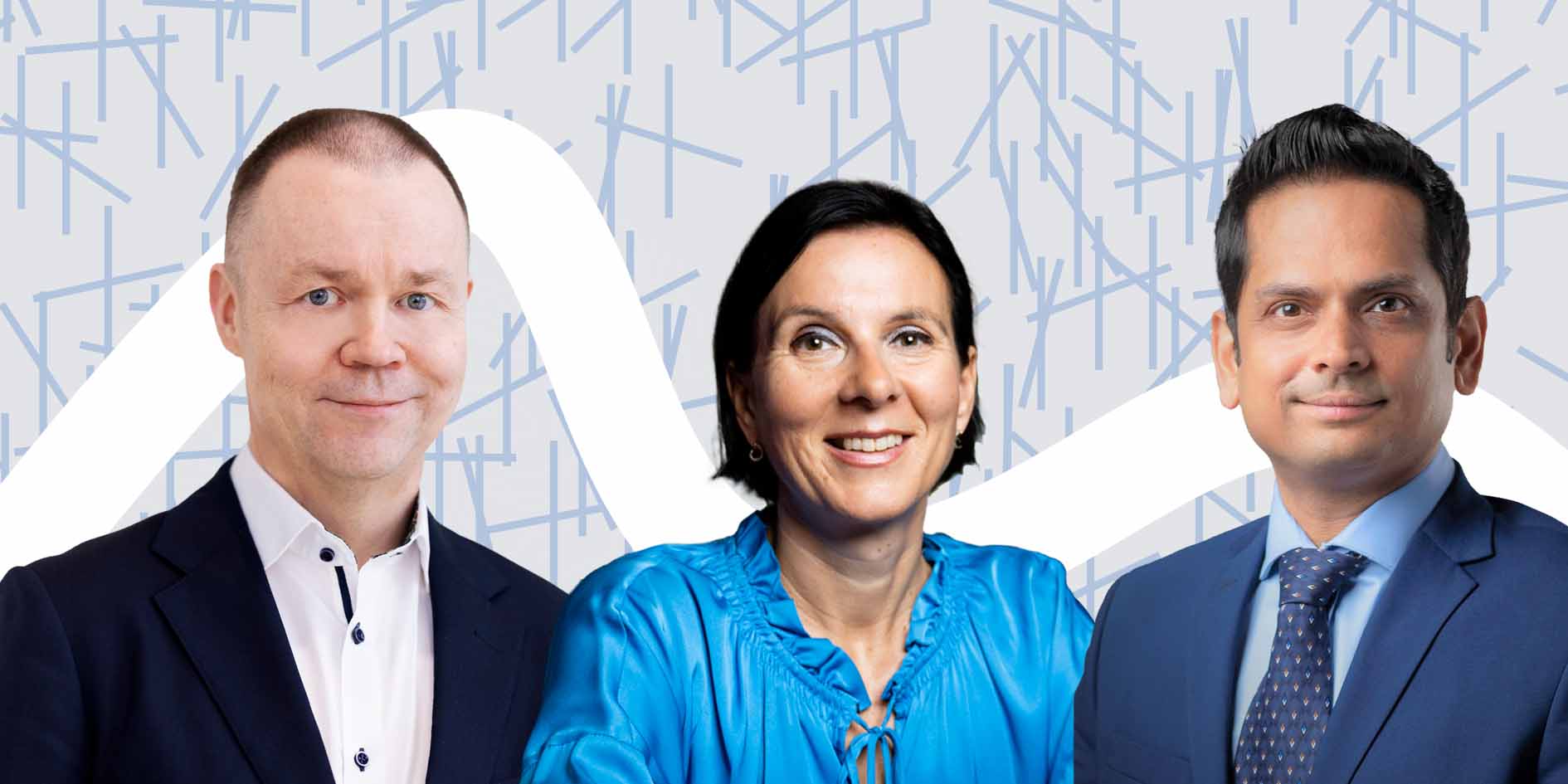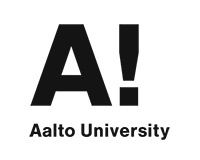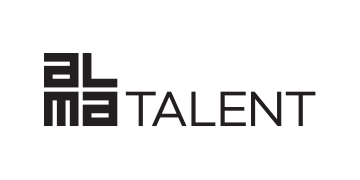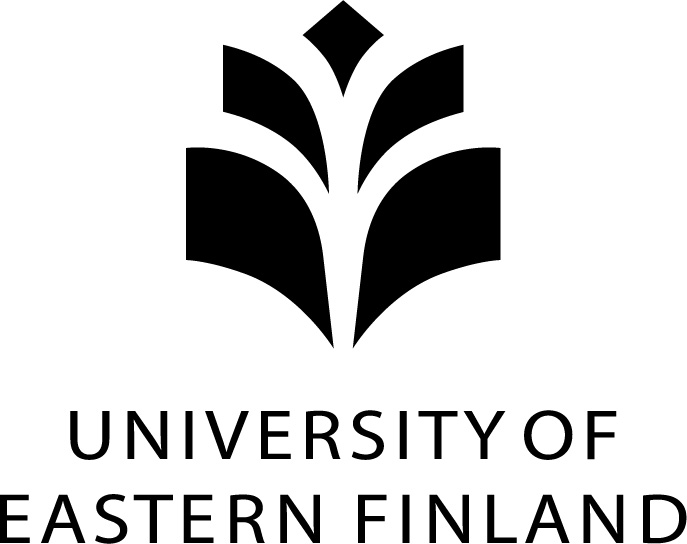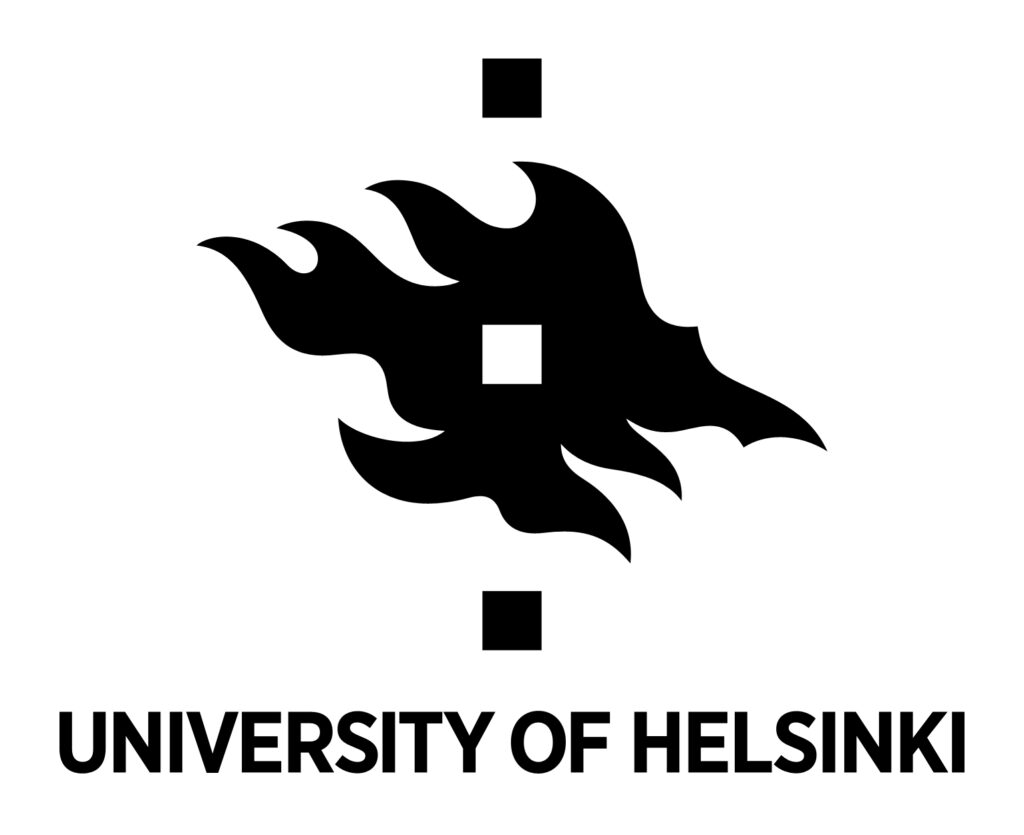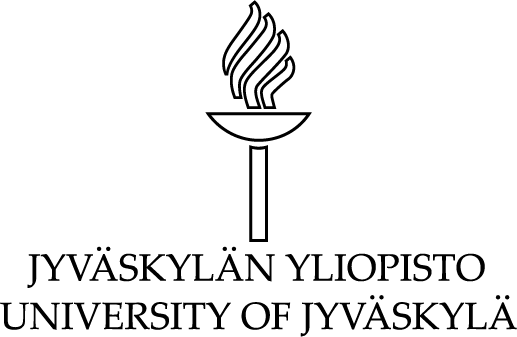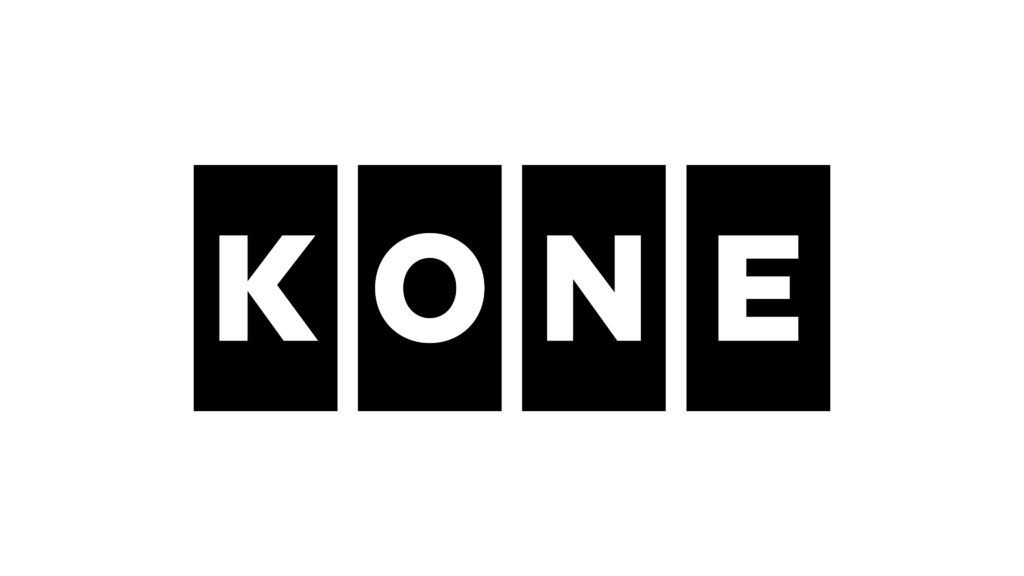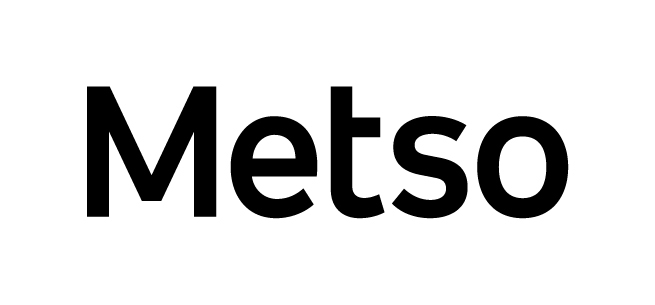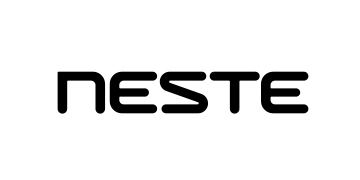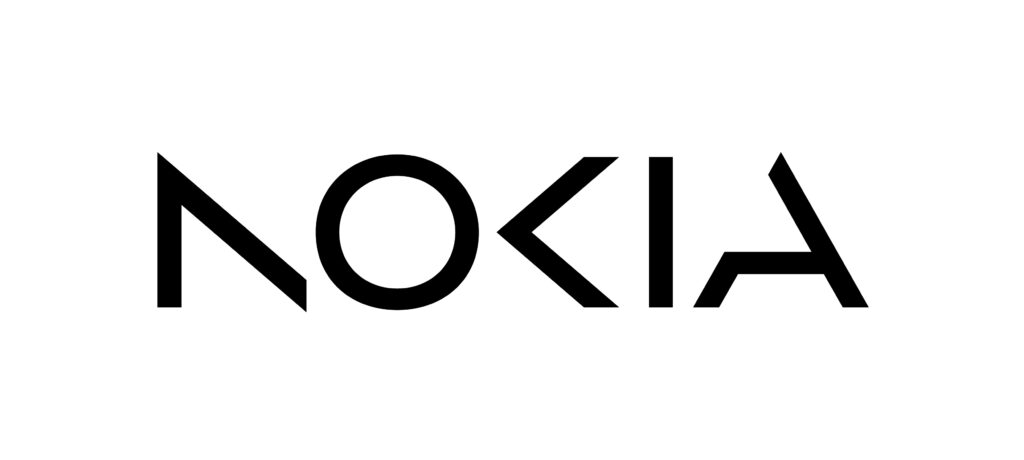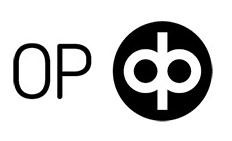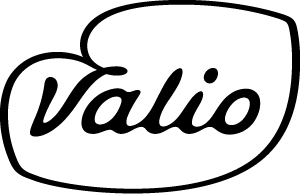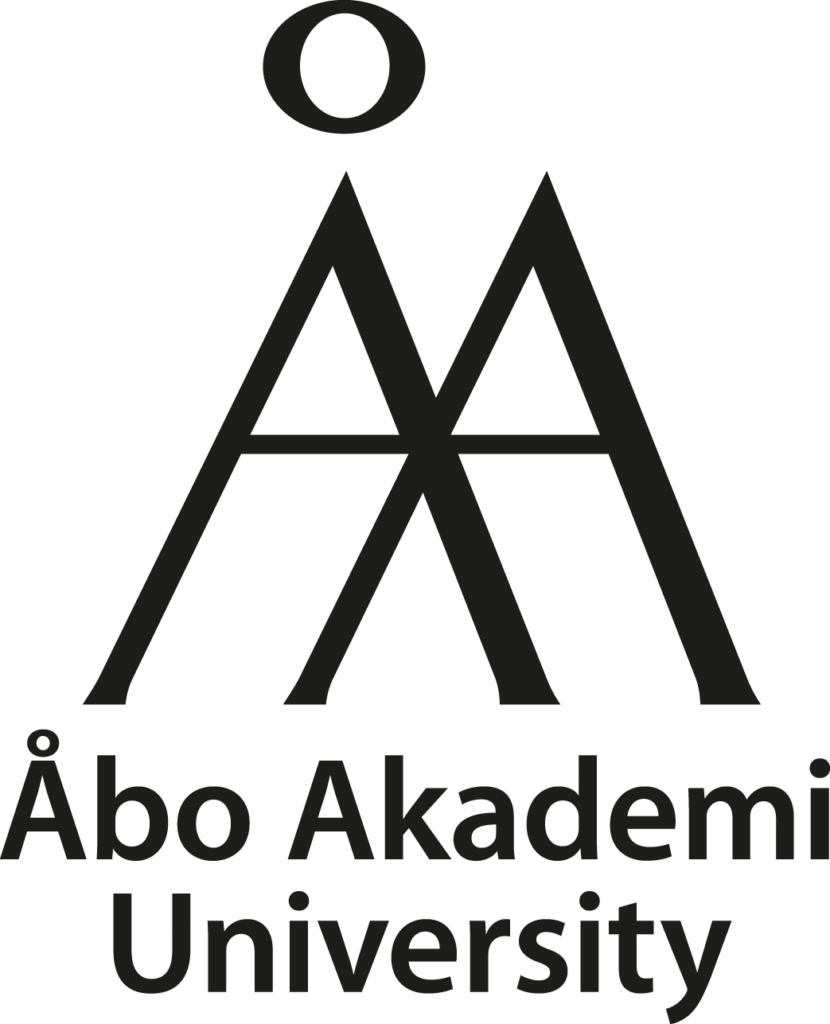What is Blockchain?
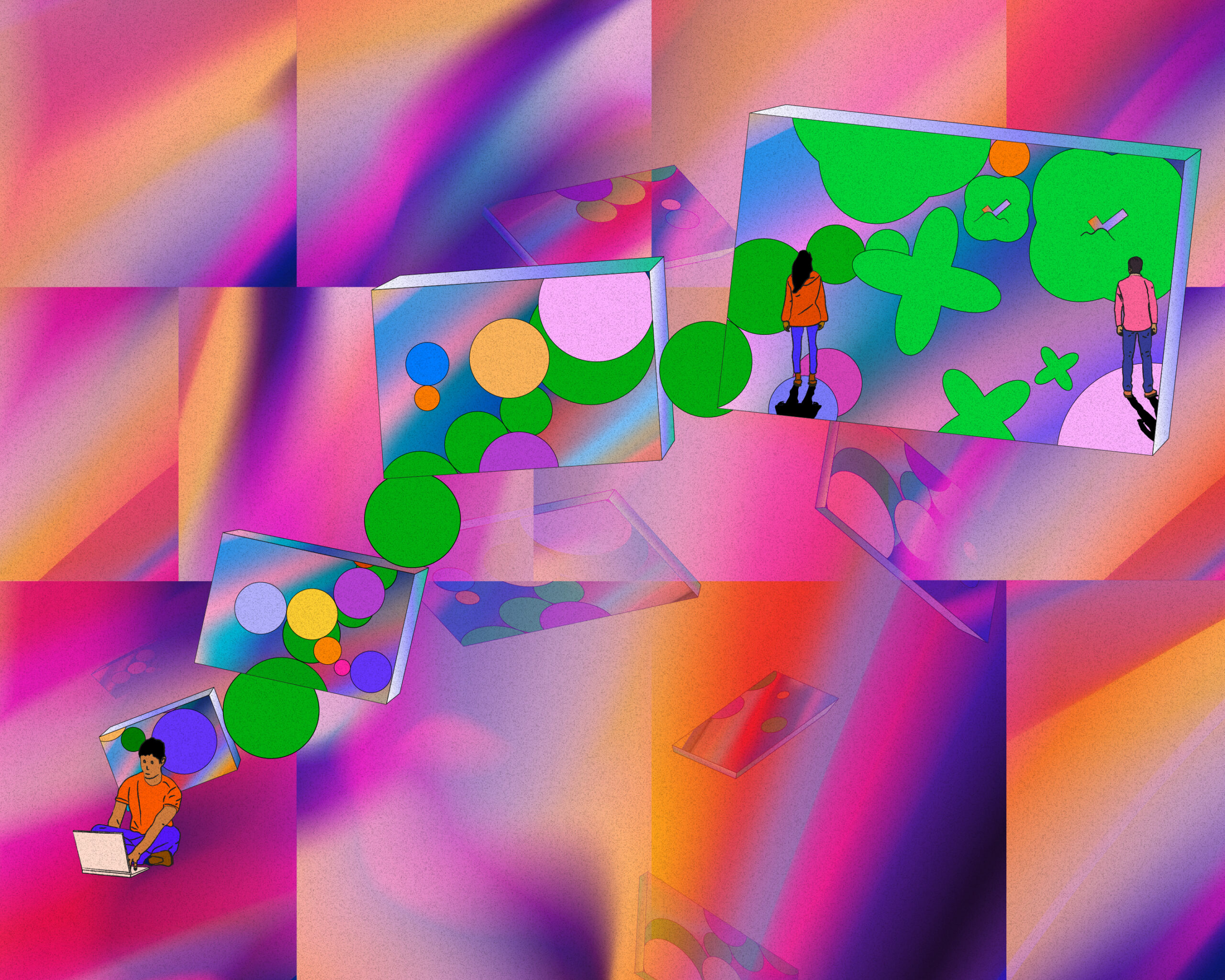
The excitement and hype around blockchain is rising exponentially everyday. Start-ups and global companies alike are hoping to use blockchain technology in new and creative ways.
But what exactly is blockchain and how does it work? Follow the Millennium Technology Prize’s simple explanation:
Is blockchain the same as Bitcoin?
Blockchain and cryptocurrencies such as Bitcoin are related concepts – but they are not the same. Bitcoin is a cryptocurrency created through blockchain technology. Just like an electric vehicle is powered by an electric motor, Bitcoin – like other cryptocurrencies – is powered by blockchain.
What is blockchain?
Blockchain is a way of digitally and securely recording information and conducting trade.
Typically, each organisation keeps its own records, which might not be visible to the other organisations it partners or trades with.
For most trade today, intermediaries such as banks need to authorise a transaction before it can take place. You may also need to visit an e-commerce platform to buy or sell goods and services.
Blockchain removes the need for intermediaries. Transactions on blockchain do not need to be authorised by a central entity (such as a bank). Instead, the technology authorises transactions by building consensus among many decentralised entities, such as the members of the blockchain network.
All transactions and records are visible to all members on the blockchain. This means that you do not need to go to an e-commerce platform to find a buyer or a seller. Instead, you can directly trade with someone. It also means that organisations do not have to spend time comparing or sharing their records with their partners or suppliers.
How does blockchain work?
When you conduct a transaction or create a record, the information is stored inside a “block.” Each block is time stamped. This ensures all blocks are added in the right order, depending on the exact time they were created. Each block is identified by a unique piece of code called a “hash.”
Once the block is created, it is sent to multiple users across the network to be verified. Once it is verified, the block is added to the network. The next block – containing a new transaction or information – is created in the same way.
However, the new block also contains the hash of the previous block. The hash of this new block will be contained in the next block that is added after it, and so on.
The time stamp, hash and previous hash thus create a “chain” of blocks – hence the name “Blockchain.”
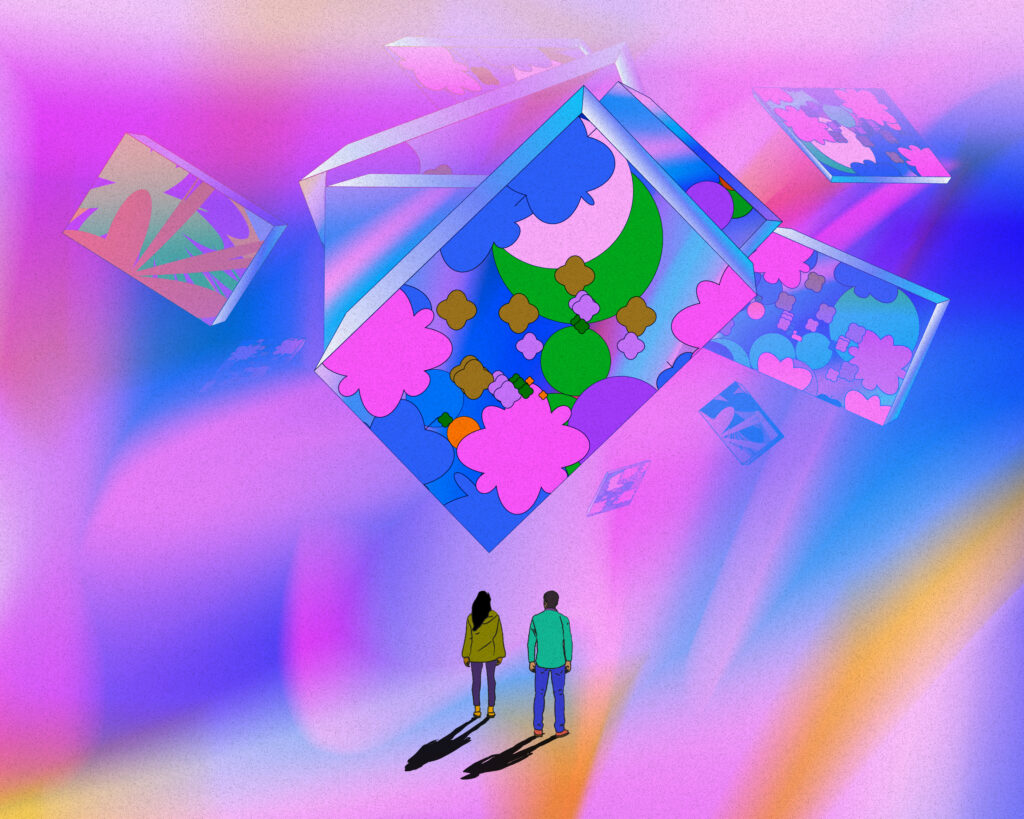
What makes blockchain secure?
First, each new block must be verified or validated by multiple users in the network before it is added to the blockchain.
Second, each new block contains the hash of the previous block. The hash for any block uniquely identifies the information it contains. If someone were to edit this information or tamper with the previous block, its hash would change.
The changed hash would be different from the hash stored inside the new block. This would make the new block – and all the following blocks – invalid. Thus, once a block is added, it cannot be edited. Any changes or edits to the block must be added as a new block.
Finally, all members of the network have a copy of the entire blockchain. When a new block is added, all members add the block to their own copy of the blockchain. This way, any attempt to tamper with the blocks becomes visible to all members on the network.
What are the applications of blockchain?
Blockchain has many applications besides cryptocurrency. Some of the most promising applications are those that can remove the need for intermediaries.
Banks and brokers trade stocks within seconds – but the actual transfer of stocks can take days and be delayed by other intermediaries. The financial sector is exploring the possibility of using blockchain to make trading stocks faster and more efficient. They are also exploring smart contracts – contracts that can access multiple blockchains and automatically conduct transactions when the conditions of the contract are met.
Car rentals, supermarkets and retailers with long and complex supply chains can also use blockchain to track the status and condition of a product at any given time.
It may even be possible to use blockchain for voting or applying for official ID’s. Consumers may be able to use blockchain to check whether their food was sustainably and ethically grown, or to buy event tickets without worrying they are fake.
When can I start using blockchain?
Blockchain technology is still years away from entering the mainstream. The potential applications of the technology will need to be tested and regulatory issues will need to be resolved before they can enter common use. Blockchain has the potential to solve many problems, but how successful it will actually be remains to be seen.
The 2022 Millennium Technology Prize will be announced and awarded in Finland on 25 October 2022. The 2022 Millennium Innovation Forum is on 25–26 October 2022.
Follow us on Facebook, LinkedIn, Twitter and Instagram for more information, updates and great content. Or sign up to our newsletter.



